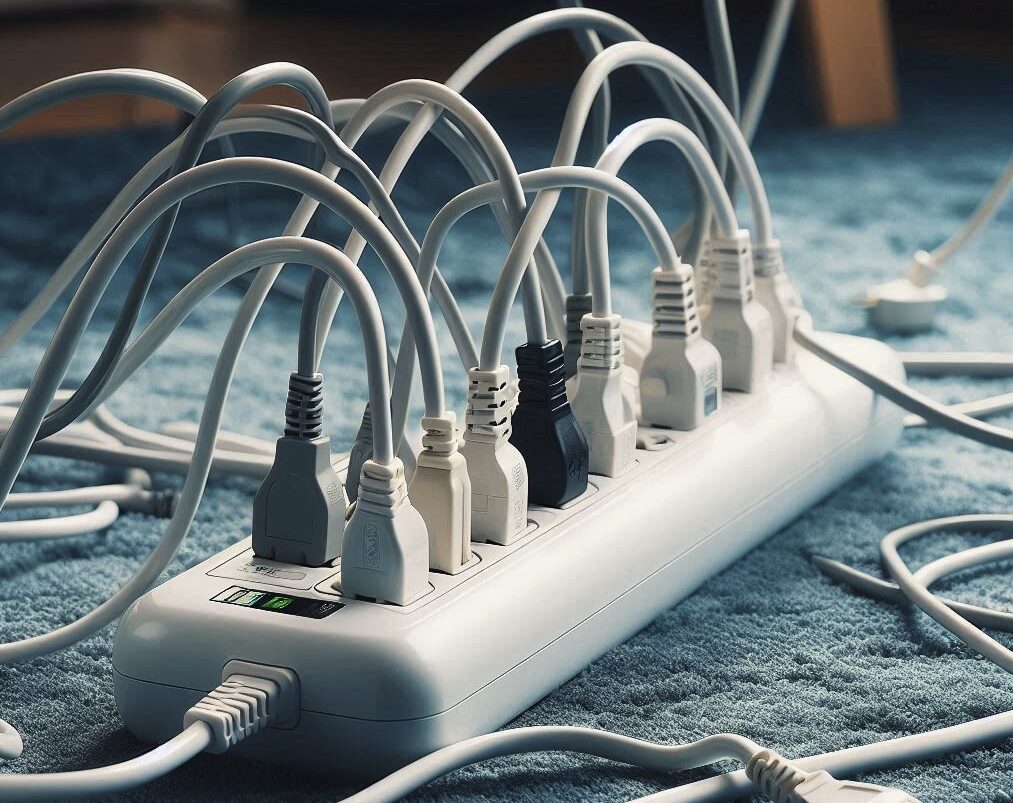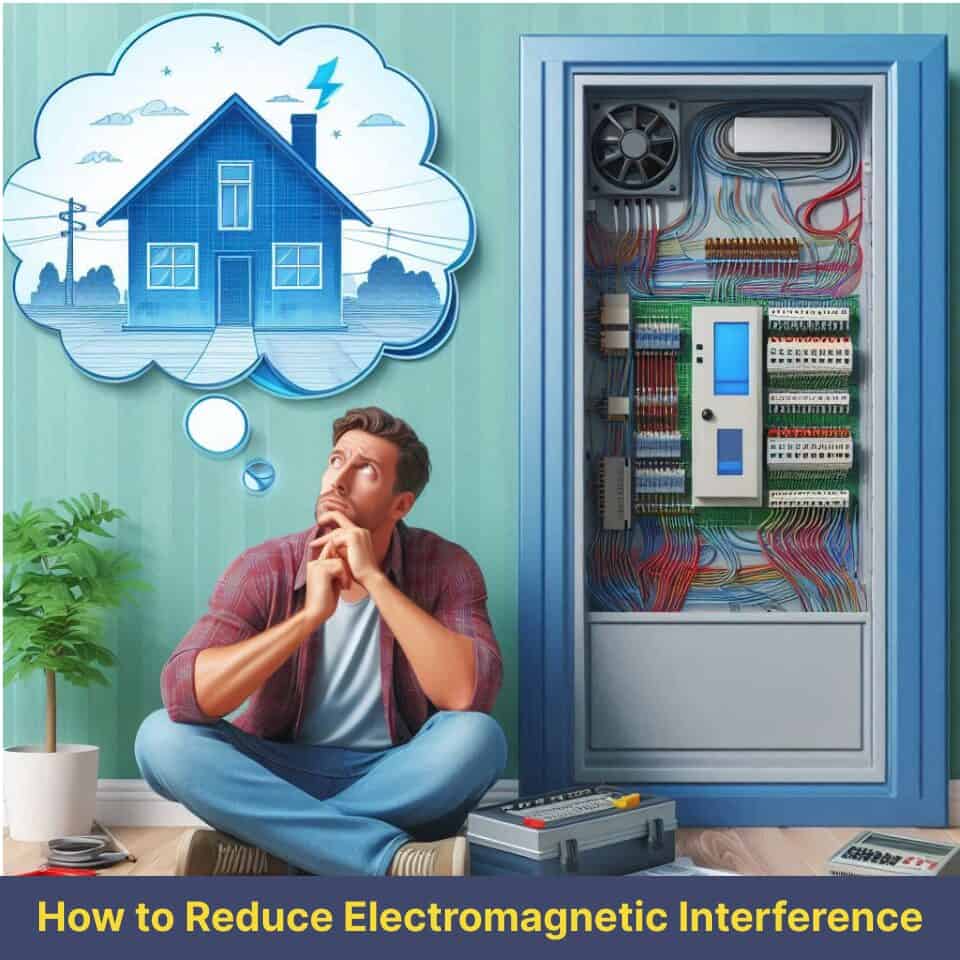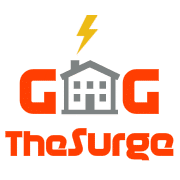Published By: Sean Hudson | Last updated on June 17, 2024 and reviewed by Editorial Team
Connecting two surge protectors, also known as “daisy chaining,” may seem like a convenient solution, especially when you have multiple devices that need protection or limited power outlets. However, according to experts, doubling up surge protectors is not recommended.
Plugging one surge protector into another creates a chain, where power flows from one protector to another. While it may offer redundancy in case one protector fails, it does not increase the ability to absorb power voltages during a surge.
Daisy chaining surge protectors can tamper with their protection capabilities and may even void the warranties and insurance coverage.
Furthermore, power strip surge protectors have specific load ratings, and exceeding them by adding more devices can cause overheating and potential fire hazards. It’s important to prioritize electrical safety and avoid risky practices that can compromise the protection of your devices.
The Basics of “Doubling Up” Surge Protectors
Doubling up on surge protectors might seem like a reliable strategy for enhancing protection, but it’s important to understand the implications and potential risks associated with this approach. Let’s explore what doubling up entails and why it might not always be the best decision.
What Does “Doubling Up” Mean?
Doubling up on surge protectors involves connecting one surge protector into another, also known as daisy chaining. While the intent is often to extend the reach or increase the number of outlets available, this practice can lead to significant safety hazards. Each surge protector is designed to handle a certain amount of current; when you connect them in series, the first surge protector in the chain might become overloaded, posing a risk of fire or equipment failure.
The notion might come from the misunderstanding that more layers of protection equate to better safety, but this is not necessarily true with electrical devices. Doubling up can compromise the functionality of both surge protectors, potentially leading to a failure in blocking or diverting a surge as intended.
For enthusiasts, it’s crucial to recognize that the effectiveness of a surge protector is not merely about the number of devices but more about the quality and specification of the single unit you are using. Investing in one good quality, high-capacity surge protector is often more beneficial than using multiple inferior ones.
Common Reasons for Doubling Up
There are a few reasons why someone might consider doubling up surge protectors. One common reason is the shortage of outlets to accommodate all electronic devices. Another reason could be a misunderstanding of how surge protectors work, leading to the assumption that more protectors will provide more protection.
However, for surge protection enthusiasts and experts, it’s important to know that a well-engineered surge protector designed to handle high loads is a far better solution than using multiple units. The right way to expand capacity or reach is through safely designed solutions like power strips with built-in surge protection or even upgrading to a model with more outlets.
Moreover, those who are really into the technical aspects should pay attention to the cumulative electrical load placed on the first protector in the chain, making sure it doesn’t exceed the rated capacity. It’s key to understand that the safety features work within specified limits.
Electrical Hazards
Electrical hazards stemming from doubling up surge protectors include the risk of overloading circuits, which can lead to overheating and potentially cause fires. This is a particularly significant risk when high-power devices are involved.
Let’s consider an example table displaying common electrical devices and their average power usage, which can help in planning how to distribute devices among surge protectors without risking overload:
Device |
Average Power Usage (Watts) |
|---|---|
| Refrigerator | 100-200 |
| Desktop Computer | 60-250 |
| Air Conditioner | 1000-4000 |
| LED Lightbulb | 10-20 |
| Microwave | 600-1200 |
For those passionate about surge protection, using an energy meter to monitor the load on each outlet can prevent the possibility of overloading. It’s advisable to keep the total consumption within 80% of the surge protector’s rated capacity to ensure safety.
While doubling up on surge protectors might seem like an easy solution for lack of outlets or coverage, the potential risks far outweigh the benefits. A better understanding and respecting the specifications of electrical safety devices is crucial. For enthusiasts, this knowledge not only ensures safety but also extends the longevity of all connected devices.
Potential Dangers and Risks
Understanding the potential dangers and risks associated with improper use of surge protectors, such as doubling up, is crucial for ensuring the safety of your electronic devices and your home. Let’s delve into what these risks entail and how to avoid them.
Electrical Hazards
The primary risk of doubling up surge protectors is the potential for overloading and overheating, which can lead to fires. Every surge protector is rated for a specific amount of current. When surge protectors are daisy-chained, the first one in the line bears the bulk of the current load, which can exceed its capacity. This overheating can damage the surge protector and connected devices, and in the worst case, it can cause a fire.
It’s important to understand that surge protectors are not designed to expand outlet capacity indefinitely. They are safety devices meant to manage voltage spikes, not serve as permanent fixtures for too many appliances. This misunderstanding can lead to risky setups in both homes and workplaces.
For enthusiasts who value safety, knowing the specifications and limitations of their surge protectors is essential. Always check the wattage and amperage ratings to ensure you’re not exceeding them. This approach not only extends the life of your electronics but also prevents dangerous electrical situations.
Warranty and Insurance Implications
Using surge protectors in ways not recommended by manufacturers, such as doubling them up, can void warranties on the surge protectors themselves and potentially on any connected devices. Most manufacturers specify in their warranty terms that improper use disqualifies the product from claims. This could leave you financially responsible for any damage that occurs as a result of an electrical surge.
Additionally, homeowner’s insurance policies may have similar stipulations. They might not cover damages related to electrical fires caused by improper use of surge protectors. This can be a significant financial blow if major appliances or valuable electronics are destroyed.
It is wise for surge protector enthusiasts to carefully review the warranty and insurance documents relating to their electronic devices and surge protectors. Being informed about these details helps in making decisions that align with safe practices and financial protection.
Risks and Prevention Tips
Risk |
Consequence |
Prevention Tip |
|---|---|---|
| Overloading Surge Protectors | Fire, damage to property and electronics | Use only one high-quality surge protector per outlet. |
| Voiding Warranties | Cost of replacement and repairs unaided by warranties | Follow manufacturer guidelines for usage. |
| Insurance Claim Rejections | Financial loss, no support in device/equipment loss | Adhere to safe usage to ensure insurance coverage. |
Understanding these risks and taking proactive steps to mitigate them are key components of responsible electronics management. For those passionate about their home tech setup, staying informed about these aspects can lead to safer and more efficient use of surge protectors, ultimately protecting your valuable investments in technology.
Best Practices for Surge Protection
Ensuring the safety and efficacy of your surge protection setup is paramount, and understanding best practices can save you from potential disasters. Let’s break down the recommended approaches and alternative solutions to doubling up on surge protectors.
Recommended Surge Protector Configurations
Choosing the right surge protector setup is essential for maintaining the safety and longevity of your electronic devices. Firstly, ensure that you select a surge protector with adequate joule ratings and protection features for your specific needs. Higher joule ratings mean better absorption and dispersion of excess energy.
When setting up your surge protector, positioning is key. Place it in a location where it can easily access devices without stretching or bending cords unreasonably. Make sure it’s easily accessible, so you can quickly unplug it in case of an emergency.
For those who truly care about their electronics, consider the type of surge protector that best suits your setup. Whole-home surge protectors provide a high level of protection for all your home appliances but might require professional installation. Power strips with built-in surge protection offer convenience and flexibility for specific areas like entertainment centers or home offices.
Alternatives to Doubling Up
Instead of risking the dangers associated with doubling up on surge protectors, there are safer and more effective alternatives. Consider installing a whole-house surge protector which can offer comprehensive protection against surges from external sources. These devices are installed directly into your home’s electrical panel, providing a first line of defense against surges entering through your main line.
Another alternative is to use uninterruptible power supplies (UPS) for critical devices such as computers, servers, or medical equipment. A UPS not only provides surge protection but also keeps your devices running during a short-term power outage by supplying power from a built-in battery.
Here’s a table providing a quick comparison between different surge protection methods:
Method |
Protection Level |
Installation |
Best For |
|---|---|---|---|
| Whole-House Protector | High | Professional | Entire Home |
| Surge Protector Strip | Moderate | DIY | Specific Areas (office spaces, living rooms) |
| Uninterruptible Power Supply | High | DIY | Critical devices needing backup power |
Extending Surge Protection
To extend the effectiveness of surge protection, it’s important to monitor the health of your surge protectors regularly. Surge protectors can degrade over time, especially after deflecting a significant surge. Replace them periodically to ensure continuous protection.
Additionally, for tech enthusiasts, consider integrating smart surge protectors that provide real-time monitoring via apps. These can alert you about the status of your surge protection and offer remote control functionality.
Lastly, combining these methods can often provide the most comprehensive protection. For example, a whole-house surge protector combined with point-of-use protectors at critical areas or devices forms a robust barrier against electrical surges.
By adhering to these recommended practices and considering safer alternatives, you can ensure that your electronics are protected in the most efficient manner possible, without the risks associated with doubling up on surge protectors. For surge protection aficionados, these strategies not only safeguard devices but also contribute to a deeper understanding and appreciation of electrical safety in the modern home.
Wrapping Up
As we wrap up our discussion on the topic of doubling up surge protectors, it’s clear that while the intent is often to enhance protection, the method poses very real risks and is generally not recommended. The right approach involves using a single, high-quality surge protector that suits your needs or considering a more robust solution like a whole-house surge protector for widespread coverage.
Investing in proper surge protection is crucial for safeguarding your valuable electronics against unexpected power surges. It ensures that your devices last longer and perform better while also providing peace of mind knowing that you are protected against electrical fires and other hazards associated with improper surge protector use. Remember to always respect the specifications and limitations of your surge protection devices and follow recommended practices for safety and efficiency.
Additional Resources
To further your understanding and keep your electronic setups safe, consider exploring the following resources:
- Surge Protector Buying Guides: Look for detailed buying guides from reputable sources that can help you select the right surge protector based on your specific needs.
- Electrical Safety Foundation International (ESFI): This site provides a wealth of information on general electrical safety, including specifics about surge protectors.
- Homeowner’s Insurance Information: Check your policy documents or consult with your insurance provider to understand how surge protection impacts your coverage.
- Product Reviews and Consumer Feedback: Websites like Consumer Reports offer reviews and user feedback on various surge protectors, which can help inform your purchasing decisions.
By staying informed and cautious, you can ensure that your electronics are not only safe but also functioning optimally in an increasingly dependent world of technology. Whether you’re a tech enthusiast or just getting started, taking the time to learn about proper surge protection is an essential step toward responsible and effective electronic equipment management.









